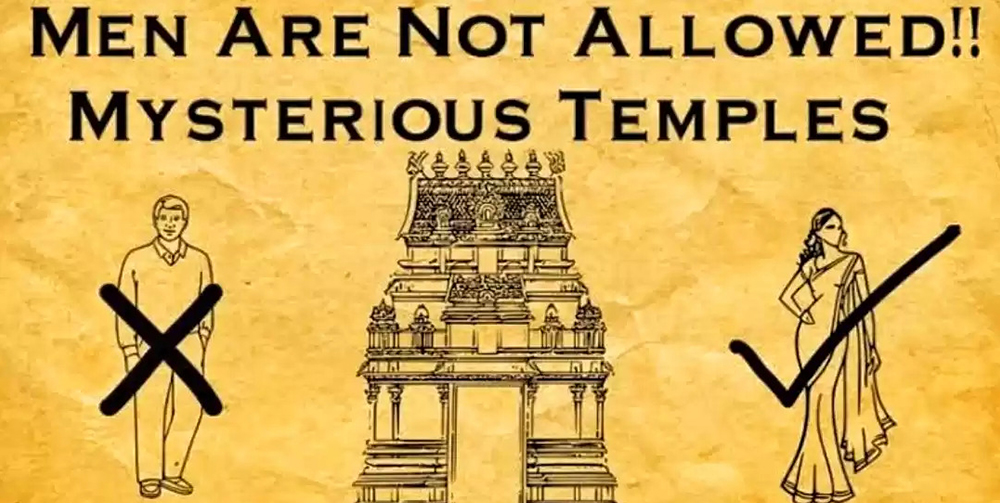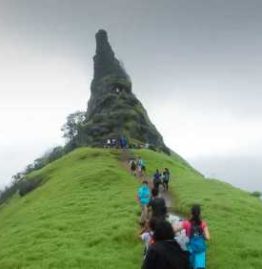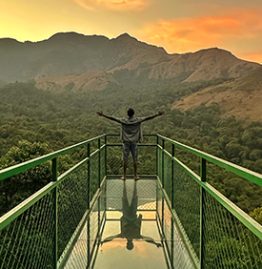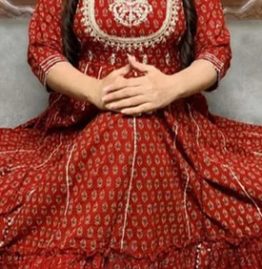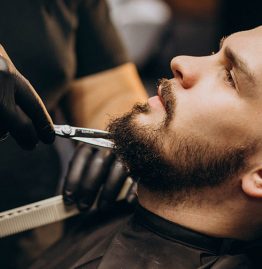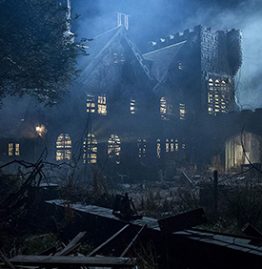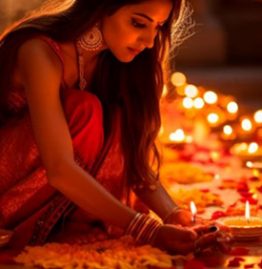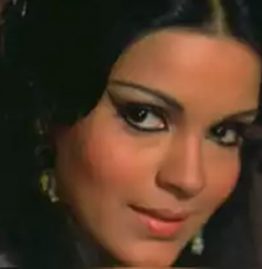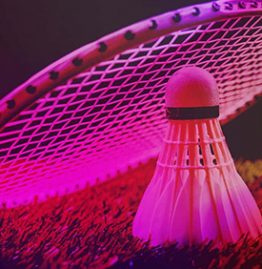There’s no denying that India is a patriarchal country where men have traditionally held positions of authority. The superiority of men is unquestionable when discussing religion. According to Hindu law, men are responsible for safeguarding several religious rites in today’s male-dominated culture. Even though both male and female gods have devoted followers and feminism can be found in Hinduism, the religion nevertheless gives men more authority than women.
You may have heard of the debates about whether women should be given admission to temples in India. Still, here we will discuss eight temples in India that only admit men.
1. The Temple of Goddess Bhadrakali

During the annual Pongal celebrations, a temple that recognizes the superiority of women is featured prominently. During this celebration, men are not allowed inside the Temple. Not only that, but there are also some festivals and occasions when men are not permitted to enter the Temple.
Guinness World Records have also recognized the Temple. About three million women converge on the area yearly for Pongal, making it the largest assembly of women in a religious setting.
Huawei’s Watch Buds are revolutionary since they incorporate wireless earbuds that can be removed from the sThe Temple of Goddess Bhadrakali, who slew Daruka, the Demon king born from Lord Shiva’s third eye, can be seen in the little hamlet of Attukal in Kerala. Attakal Pongala is a celebration where local ladies gather to pray and give bangles to the Goddess. The festivities reach a crescendo in the third Temple.
2. The Rajasthani Brahmaji Temple

The Pushkar Temple, one of India’s three temples dedicated to Lord Brahma, was built in the fourteenth century and is located in the small town of Rajasthan known as Pushkar. Almost nowhere in the world can you find a Brahmaji temple.
This is another temple in the country that strictly forbids male visitors year-round. For religious reasons, it is now included among India’s female-only temples. Local legend states that when Lord Brahma’s wife, the Goddess Saraswati, was running late for a yajna, he married the Goddess Gayatri in this Temple to finish the rites. His choice infuriated the Goddess Saraswati to the point where she cursed the Temple so that no married man could ever enter there again should unending strife plague his marriage. Since then, no man—much less a married man—has dared set foot in these hallowed halls.
3. The Assam’s Kamrup Kamakhya Temple
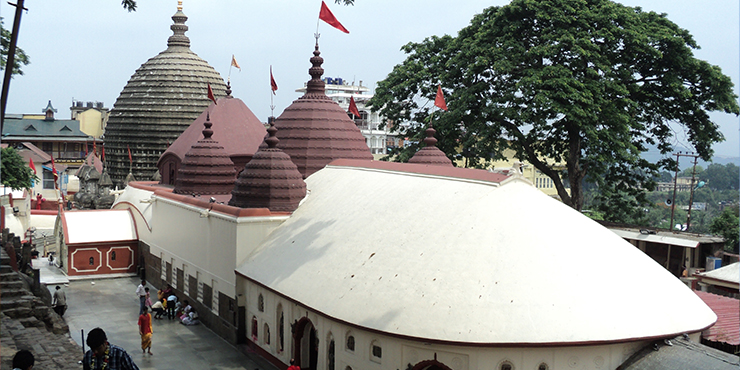
As with many other Indian temples, men are forbidden from entering the renowned Temple in the Nilachal Hills of western Guwahati, Assam, on certain days. The Shakti Peetham Temple stands on the spot where legend has it. Lord Shiva performed the ritual of Tandava Nitriya over the remains of his wife, Sati. The shrine honors Sati, also known as Parvati.
4. Tamil Nadu’s Kumari Amman Temple
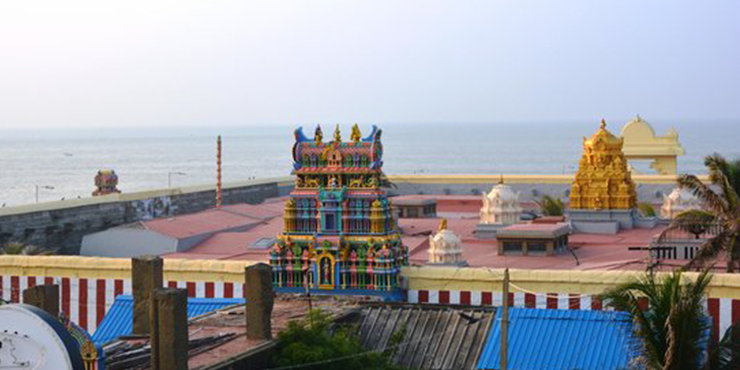
Goddess Parvati is said to have performed Tapasya here to win Lord Shiva’s favor. She prayed in solitude at a remote location in the vast Indian Ocean. Those searching for the Kumari Amman Temple can do so in Kanyakumari, Tamil Nadu. There is a temple in India for women alone; males already in committed relationships are not welcome there. Men who aren’t married can still enter, but only up to the threshold. A temple dedicated to Kanya Maa Bhagwati Durga can be found in the Sanctorum of the property, and only women are permitted within.
5. Bihar’s Mata Temple
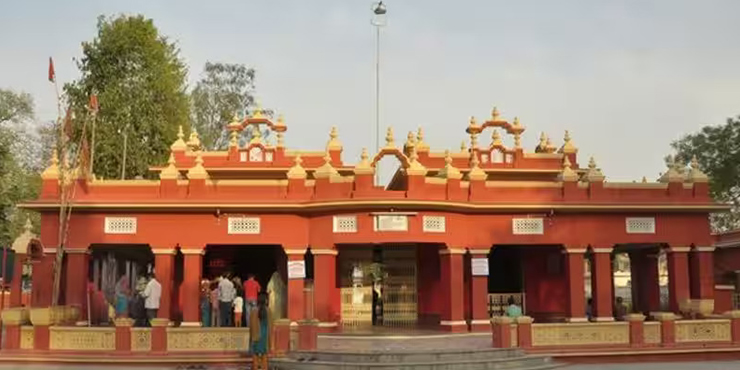
Men are also barred from entering the Mata Temple in the Muzaffarpur region of Bihar on specific days of the year. The Mata’s menstrual cycle has begun. The Temple is off-limits, even to male priests, and only women are permitted within.
In the end…
This concludes our look at the top 5 Indian temples where men are not permitted, although there are countless others where men are denied entry to the holiest parts of the building. Learn more about the unique customs followed in our country by visiting one of these temples.















